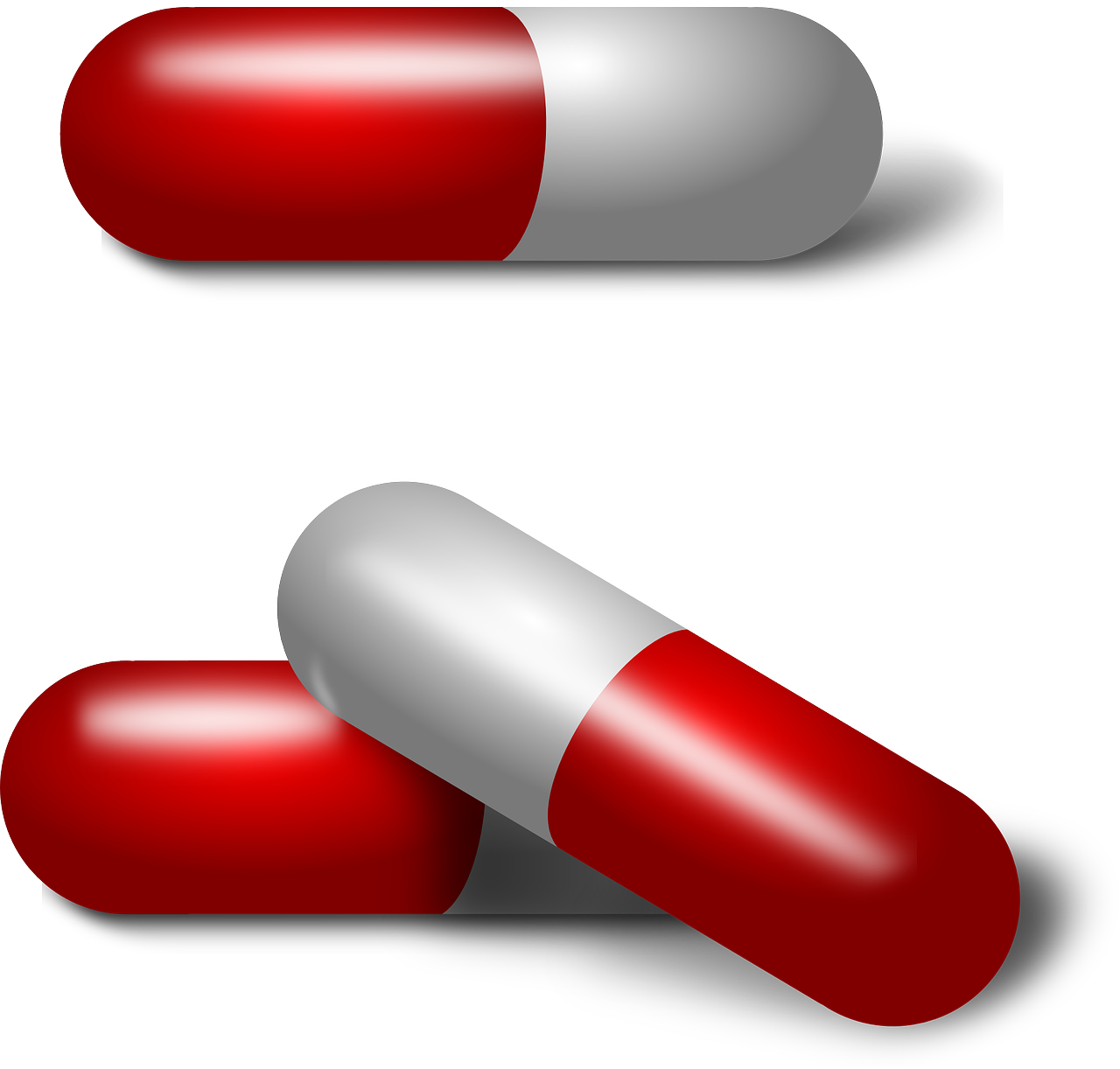In a previous post, we had discussed some tips on how to assess pediatric patients with suspected sepsis. You might have even confirmed your suspicion through the assessment and collection of patient’s medical history. So as a medical flight paramedic, what’s the next step you should take? While you may be compelled to immediately start treating the symptoms, it’s also important that you prioritize certain symptoms over others.
Treating Symptoms of Pediatric Sepsis for Medical Flight Paramedics
If you have a firm belief that your pediatric patient is suffering from sepsis, here are the treatments you should carry out in order of importance:
- Airway management – One of the most important initial treatment steps in sepsis patients is airway management. But it’s crucial that you are aware of the risks of using RSI/med facilitated intubation. This is because pediatric sepsis patients may be at risk of cardiac arrest as a result of induction agents.Breathing difficulty is common in sepsis patients. So your patient might find it difficult to breathe and may even require ventilation. Good ventilation will not only improve oxygenation but also reduce the oxygen demand as the patient will make less effort to breathe. Use CO2 monitoring to ensure proper ventilation.
- Circulation management – Pediatric sepsis patients will require normal saline (0.9% sodium chloride) for treatment. The initial amount you should administer is 20 ml/kg boluses over 5-10 minutes.
- Medications – You might have administered dopamine on previous medical flight patients with sepsis. But those are adults and the treatment is perfectly alright for them. The same isn’t true for pediatric patients. Instead, epinephrine should be administered in case of cold shock and norepinephrine in case of warm shock.
Sepsis is a tricky condition and experts haven’t yet determined the best treatment option. However, these recommendations should be ideal for pediatric sepsis treatment until there are new innovations in the field.


